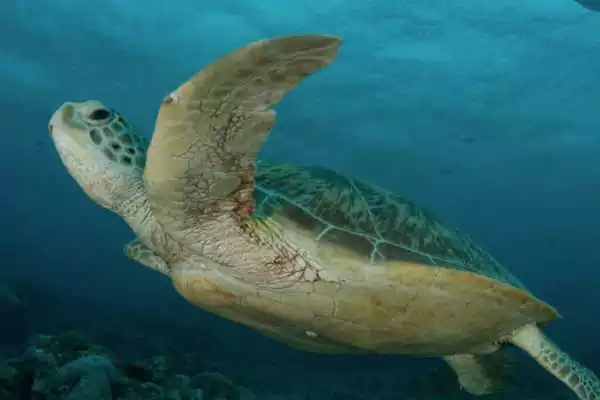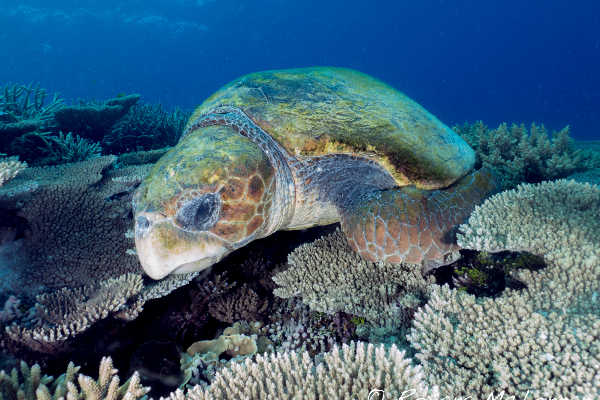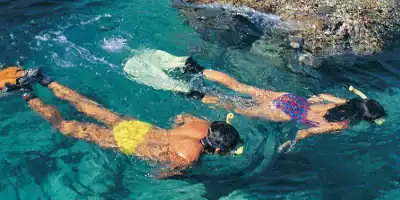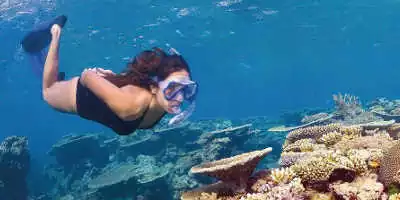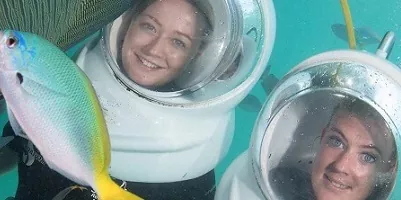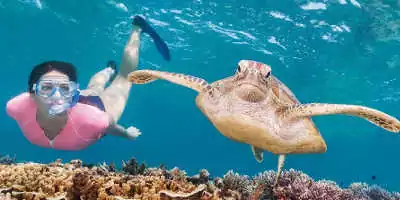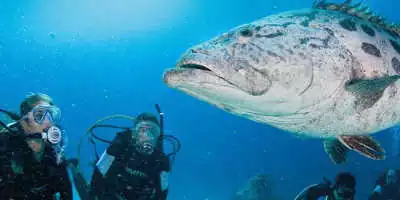
Turtles in the Great Barrier Reef
Written by: Cameron Ward
Published: 02/09/2016
Reading time: 3 mins
Turtles are a phenomenon in the animal kingdom. Often dubbed the “ancient mariners of the sea”, they have been gliding the waves for thousands of years, and have even rubbed shoulders with dinosaurs. The most fascinating part is that they haven’t changed much at all over time, and neither has their lifestyle or behaviour.
There are plenty of opportunities to get up close and personal with the marine turtles in the Great Barrier Reef, and these elegant creatures make fun diving companions. Though you’ll be able to spot them throughout the year, most of their activity takes place during the warmer months – or, for them, breeding season.
Nesting areas, also known as rookeries, are predominantly located in the southern and northern section of the Great Barrier Reef, where the surroundings are optimal for producing the next generation of marine turtles. There are six species that live in the region, all of which have differing markings, colours, and shell shapes.
-
Green Turtle
Green turtles are characterised by their smooth, high-domed shell and boast an olive green colouring. Baby green turtles are distinguishable by their black shells with white margins.
-
Loggerhead Turtle
The Loggerhead is one of the most endangered species of turtle, recognisable by its large head and brown shell. It also has bulky jaws for eating crustaceans and molluscs, and a yellow underside to its shell.
-
Hawksbill Turtle
The most prominent part of the hawksbill turtle is its beak-like mouth and narrow head, hence its bird-like name. Hawksbill shells are pretty eye-catching, too, with speckles of brown and black, and a cream underbelly.
-
Flatback Turtle
The Flatback’s name says it all. They are recognisable by their low, flat shell that features turned-up edges. Underneath their shell, there is a distinct splash of white, and the adults have olive grey flippers and heads. Young flatbacks are grey in colour with a white underbelly, making them stand out from the usual brown of other hatchlings.
-
Olive Ridley Turtle
Olive ridleys are the smallest species of marine turtle, and they have a greyish shell with a cream underbelly. Their heart-shaped shell will catch your eye as they swim through the water.
-
Leatherback Turtle
Leatherbacks are the largest living species of turtle on the planet, boasting a soft skin and pastel-pink dots on their heads. Their shells are particularly pointy with distinguishable ridges running down the back.
Related article: Top 5 Things to Do at the Great Barrier Reef!

